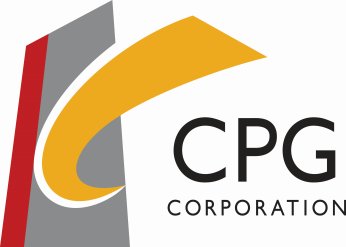An Exercise in IDD: JTC CleanTech Two @ Jurong Innovation District

Located within the Jurong Innovation District, the four-storey tall 22,300 sqm Block B of CleanTech Two (CT2B) @ CleanTech Park was built to meet the rising demand for offices, laboratories and workshops specialising in cleantech-related research and development activities. Apart from CleanTech Park, the Jurong Innovation District is home to an Industry 4.0 manufacturing ecosystem of R&D centres, technology partners, training providers and factories of the future. CPG Consultants and CPG Signature were the Architect and Landscape Architect for this project, respectively. CT2B is noteworthy as it is one of the early demonstration projects identified by the Building and Construction Authority (BCA) for its exemplary implementation of Integrated Digital Delivery (IDD)
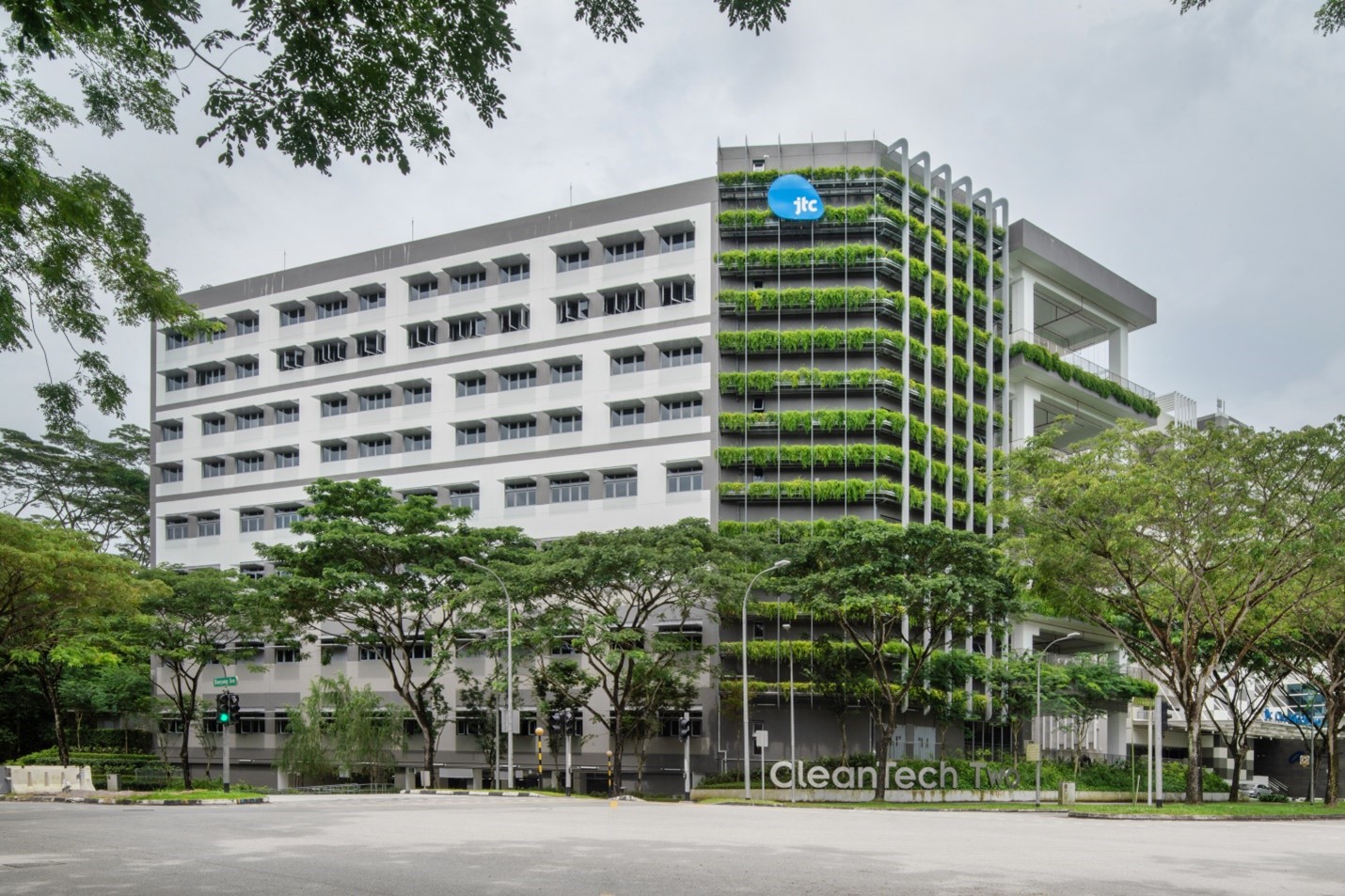
The CleanTech Two Block B project is identified by BCA Singapore as one of early demonstration projects of the Integrated Digital Delivery (IDD) approach. (Image Credit: Gradepixel)
The IDD Implementation Plan by BCA encourages more built environment sector firms to go digital to deliver better, smarter outcomes. When kickstarting the CT2B project, the team led by CPG Consultants and JTC (the developer) and other stakeholders started by identifying challenges typically encountered in built environment projects. These included communication gaps between stakeholders and scheduling and planning challenges resulting in time and resource inefficiencies or wastage.
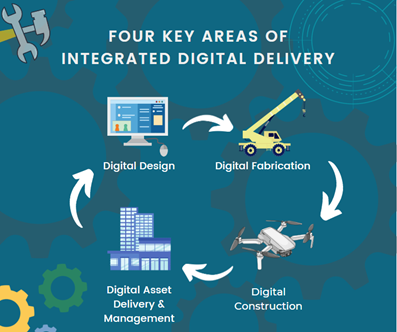
Upon aligning project objectives, CPG adopted relevant digital tools to digitise formerly manual and time-consuming processes. JTC specified some of these tools, such as the use of Optimus as the Common Data Environment (CDE) platform and the employment of Lean PlanDo as the project schedule tool. By achieving significant time and cost savings, the CT2B project was delivered with the desired quality, timeliness and within the budget.
Through our experience, what is important is for project team members to have an open mind in harnessing new digital tools to develop solutions for tackling project challenges, as well as having the foresight to plan and identify key deliverables and milestones. To achieve digital transformation, people are the most critical factor in enabling effective digital transformation for the benefit of the project. - Priscilla Foo, Principal Architect, CPG Consultants
Let’s look at some of these processes implemented through the project stages.
Communication based on 3D Models
Discussions about design and its changes can be challenging to manage across numerous stakeholders and processes. Digital Design allows for design optimisation, which improves efficiency and aids budget control.
The CPG project team maximised the potential of Building Information Modelling (BIM) with the Employer’s Information Requirement (EIR) from JTC to help improve the communication process of the design with key stakeholders in the design phase. Using 3D BIM, our consultants were able to build the project virtually during its early stages; this made it easier to share ideas with stakeholders and can help everyone to have a more effective visualisation of the designs, thus speeding up the design confirmation process. If there are clashes in proposed building designs, these differences can also be highlighted for resolution in the early stages.

Diagram 1: Use of 3D models helped stakeholders to have more effective visualisation, thus speeding up the design confirmation process. (Image Credit: JTC Corporation)
Design Resolution Management
Through Integrated Concurrent Engineering (ICE) sessions and documenting solutions aided by BIM, the process of design resolution was shortened with more effective solutions. Our consultants could collate design amendments and track issues for follow-up throughout the management process by using this same programme. It greatly reduces the risk of having on-site conflicts if the unresolved design elements are allowed to proceed.
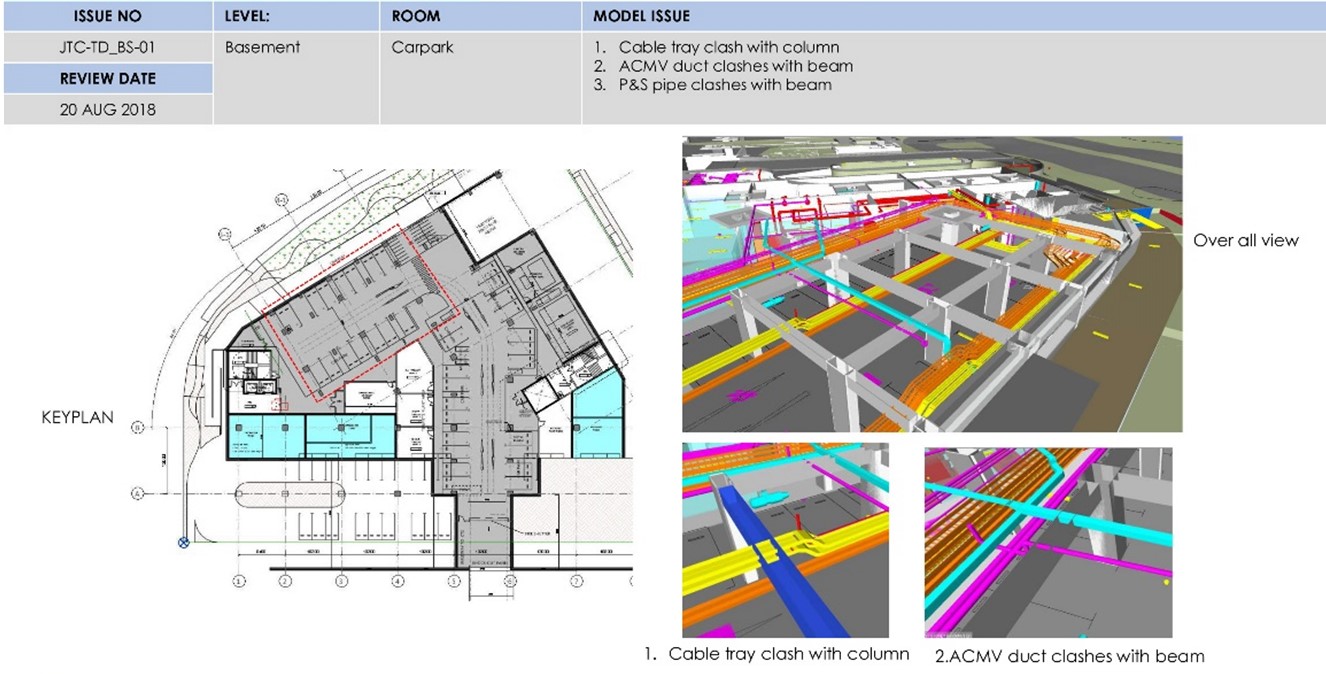
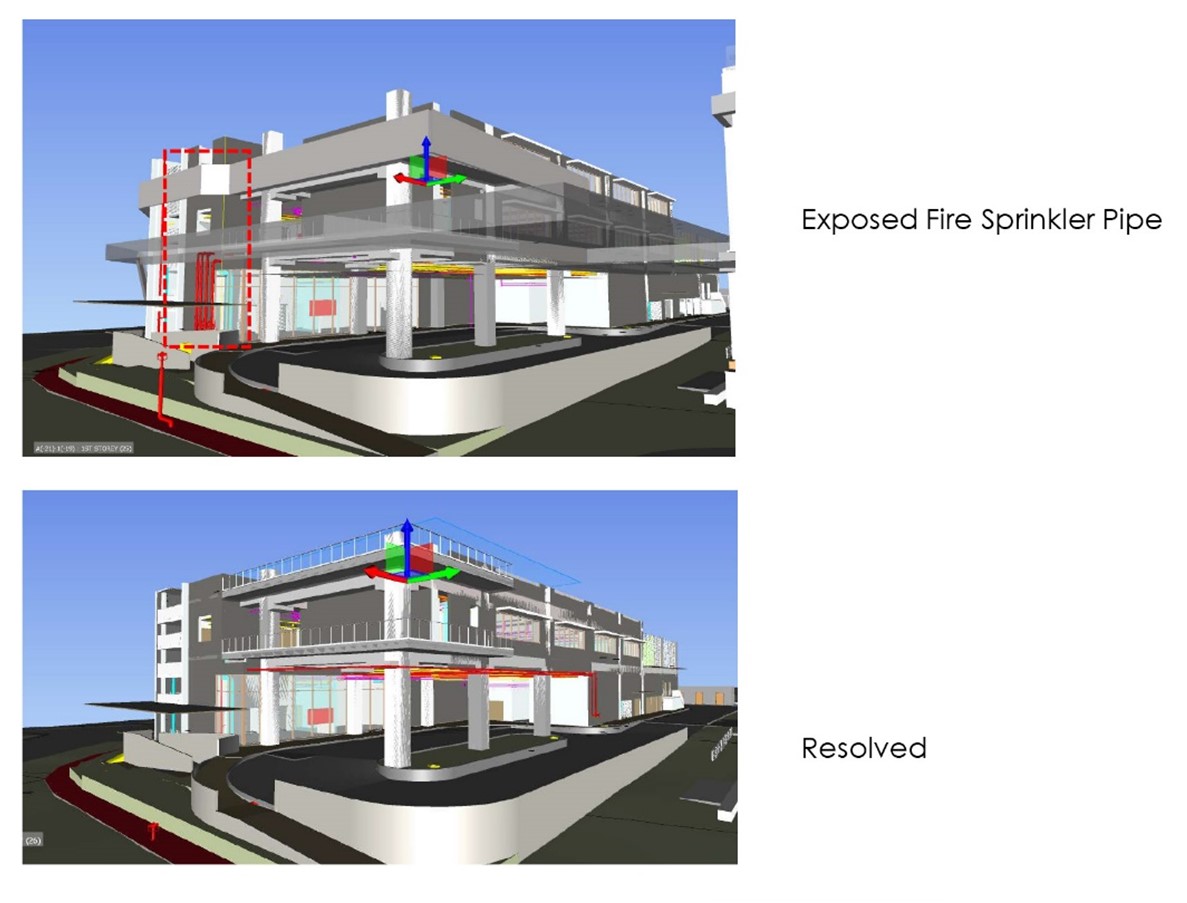
Diagram 2 and 3: Issues identified at the Integrated Concurrent Engineering session are resolved at design stage. (Image Credit: JTC Corporation)
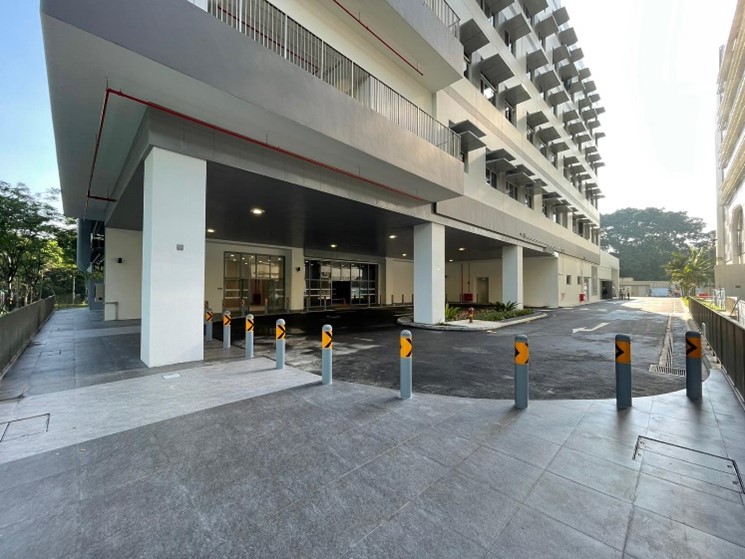
View of the 1st storey drop-off point at completion – the design is smoothly translated into product as design issues are resolved early during the ICE sessions. (Image Credit: Gradepixel)
Change Management
One of the key challenges in building projects is late change requests. Sometimes, these changes could be due to a need for more early engagement for users to try to visualise or imagine the final product in drawings. Virtual Reality (VR) converts the BIM design model into an immersive 3D environment more perceptible by stakeholders, allowing users to experience the product virtually and through walk-throughs from first-person perspectives. Using digital tools like VRCollab for BIM has helped improve change management and facilitated design approval, traditionally done using only static 2D images.
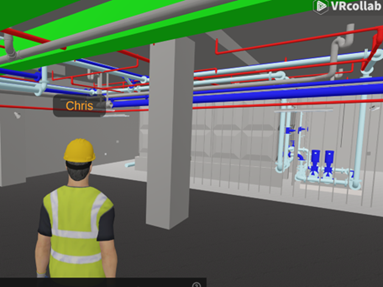
Diagram 4: Virtual walkthrough through BIM environment for identification and resolution of technical issues (Image Credit: JTC Corporation)
With the utilisation of Digital Design tools such as BIM and VR, we achieved improvement in design change management compared to other projects, especially in reduced cost and time.
Common Data Environment
Throughout any project delivery, information and data will grow exponentially. Common data environment (CDE) is the key to IDD in sharing, recording, and storing all BIM models, drawings, and documents in the inter-operable platforms from design to fabrication and construction, as well as to aid digital handover of asset information for operations.
Our project team used BIM 360 during design development to tender documentation stage for shared BIM models and issue tracking. As a result, project information was easily accessible, and viewing of technical drawings was made available for all stakeholders. The features helped with versioning control and enhancing information flow by reducing multiple files stored in various locations. With the CDE, the time taken to obtain necessary approvals of the updated drawings was reduced by more than 30%.
Digitalised Construction Processes
As the lead consultant, CPG also motivated the contractors to digitise and digitalise construction processes. This digital transformation is significant because it helps contractors plan their work well, greatly aiding in the quality and timely delivery of the project safely. One of the project challenges was the constraint of a tight site. During construction, a platform was harnessed to monitor the progress of building elements, such as concrete precast panels from the factory to site installation. Through real-time insights that tracked these elements' delivery and installation status, the contractor could plan for smooth construction works on an otherwise tight site. The increased transparency in site progress also allowed the factory to make timely adjustments on the delivery to mitigate time loss from pandemic-related work closures at the time of construction.
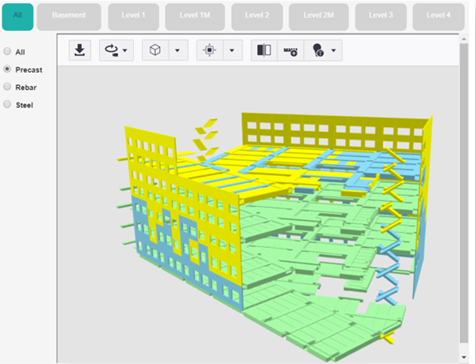
Diagram 5: Use of digital platform as a tool to track precast elements. (Image Credit: JTC Corporation)
During the pandemic, when the number of people at the site was restricted, drones were also used to document site progress. Drone monitoring supplemented on-site inspections as it presented a bird’s eye view for stakeholders to observe overall progress monitoring, especially during challenging times when site access was not allowed. Digitalising the processes allowed all stakeholders to track progress and issues for better performance management. Increased information access, usability, efficiency, and reliability were all reported.
Conclusion
The delivery of CT2B demonstrates IDD’s benefits. Some of the project benefits that resulted from the employment of digital technologies include:
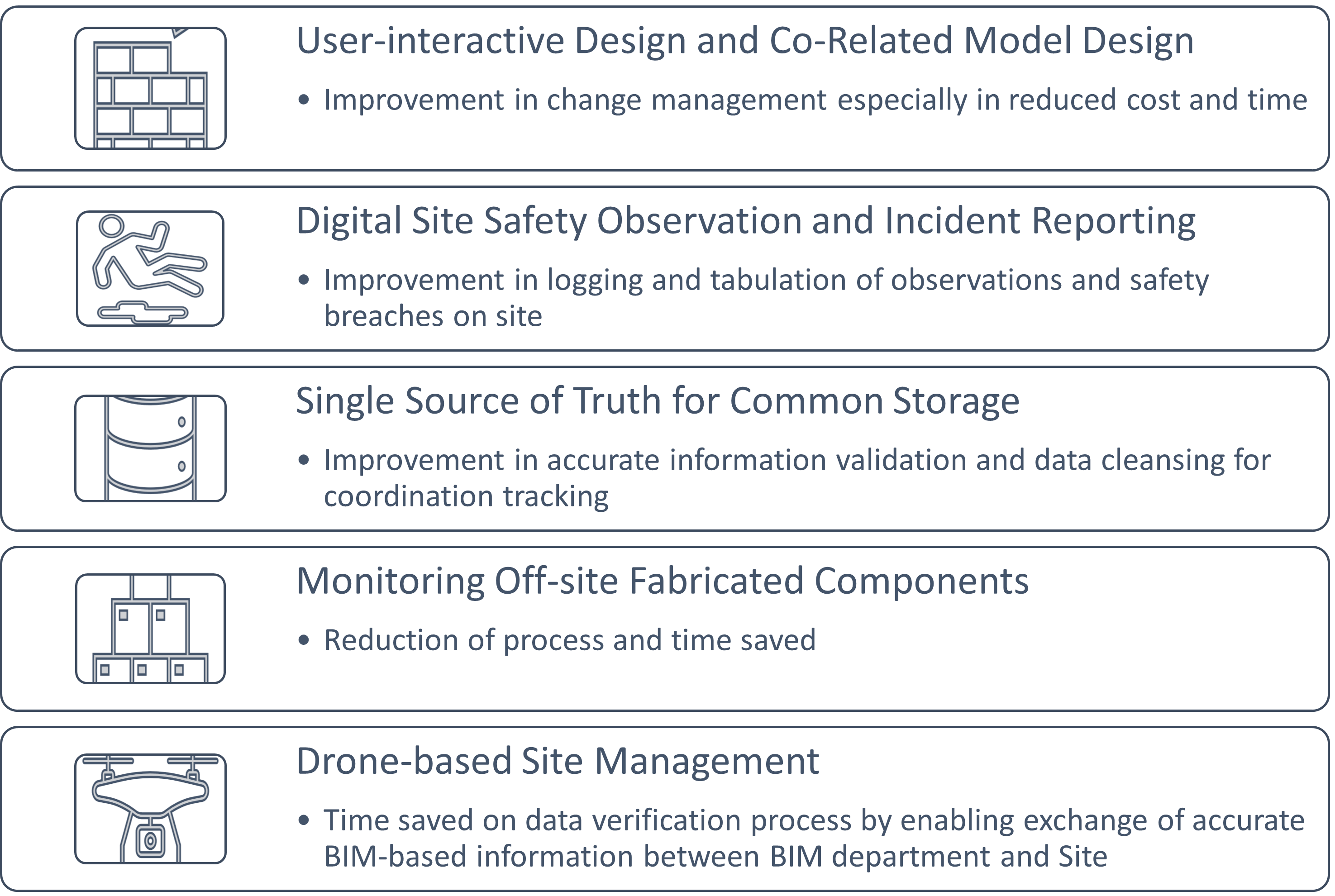
Information source: BCA
A building project is inherently a complex process due to the many stages and variety of stakeholders involved. IDD facilitates the coordination process, leveraging digital tools to enable a multidisciplinary approach to the delivery of the project.
By: CPG Editorial Team
